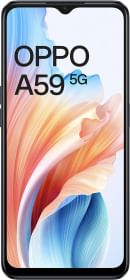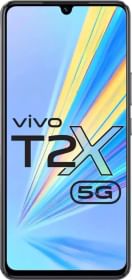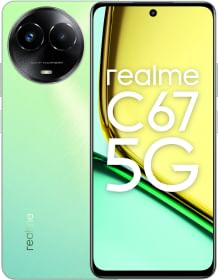If you follow sci-fi movies, you’d know artificial intelligence (AI) might take over the world in the future. Whether it’s true or not remains to be seen. For now, we are reaping benefits using AI, and one such instance was recently recorded when the AI found a new material that can be used in batteries replacing the age-old dependency on lithium.
AI Found New Material To Power Batteries
Lithium has been a key component in building batteries for smartphones electric vehicles and beyond. However, the latest development could offer manufacturers better alternatives to combat the increasing demand for lithium and the ongoing shortage of supply.
The new material is a kind of solid-state electrolyte that was recently used to power a lightbulb. Developed by Microsoft and researchers at the Pacific Northwest Laboratory (PPNL) using Microsoft’s Azure Quantum Elements (AQE) supercomputer and AI.
The researchers used AQE to formulate battery materials that use less lithium. AQE threw out a result of 32 million different candidates that was narrowed down to 500,000 after discerning which materials were stable. The researchers were able to shortlist 23 candidates after filtering the candidates even further to find the best of the candidates.

All these tests could take less than a week for something that would have taken decades if the same had been performed in traditional labs. Researchers at PNNL were able to synthesize one of the promising candidates that powered a lightbulb as a prototype. The entire process took less than nine months right from the inception of the development to the end when the tests on the light bulb were conducted.
Talking about this solid-state electrolyte called N2116 at the moment (but yet unnamed), it uses a combination of sodium and lithium. It is safer than lithium-ion batteries used today which are based on liquid electrolytes and are prone to overheating. In fact, in some cases, these batteries are known to explode bursting into flame or smoking like a chimney.
This is still at an early stage of development and thus, it would take some more time to get the next generation of batteries to power the various systems across the globe.
Krysta Svora, the lead at Microsoft Quantum – Redmone (QuArC) group at Microsoft Research, says they want to compress 250 years’ worth of scientific discoveries in the next 25 years. Perhaps, that’s where AI and quantum computing play a vital role that would eventually help find new and promising elements and reduce greenhouse gases and emissions.
The Undeniable Problem With Lithium
We already have lithium-ion batteries on our smartphones and in fact, every battery-operated or battery-powered device has it. This begs the question, why do researchers want to replace lithium? Here’s why.
Lithium is often considered as “white gold” due to its appearance and exorbitant market value. It is currently facing humongous demands across the globe expected to reach ten folds by 2030. However, lithium comes from lithium mines and that’s a very controversial subject.
The reason behind, it will take several years before lithium mining affects the environment adversely. It takes large amounts of energy and water to extract this precious metal which is then processed and used to power batteries across devices and machinery. However, this has future implications in terms of scarred landscapes and toxic waste as a byproduct.
The world is already facing a lithium shortage and that’s expected to peak in 2025 according to the International Energy Agency. AI can help find promising results by replacing lithium batteries with better and high-performing materials such as the one found by the team of Microsoft and PNNL.
AI can help accelerate innovation cycles as it can help modify, test, tune the chemical compositions, and evaluate the viability of the materials and working battery made out of it at a rapid pace compared to traditional methods.
You can follow Smartprix on Twitter, Facebook, Instagram, and Google News. Visit smartprix.com for the most recent news, reviews, and tech guides.





























